Kingdom Animalia Order Carnivora Genus Panthera Higher classification Lion | Phylum Chordata Family Felidae Scientific name Panthera leo senegalensis Rank Subspecies | |
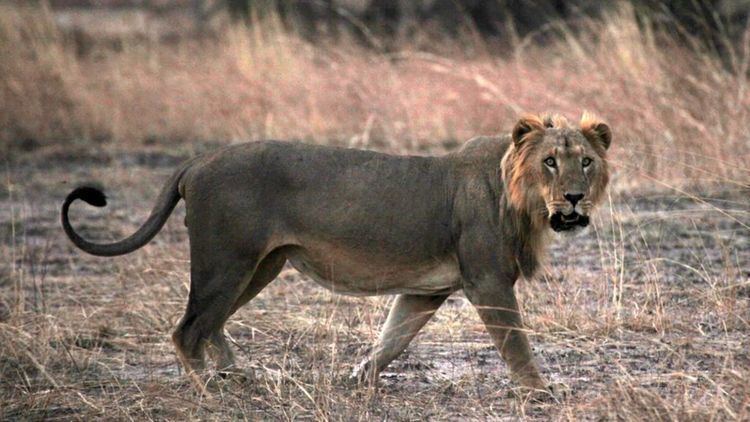 | ||
Similar Lion, Masai lion, Felidae, Southwest African lion, Congo lion | ||
Concerns growing that the west african lion faces extinction
The West African lion (Panthera leo senegalensis), also called Senegal lion, was considered a lion subspecies native to Central and Western Africa. Based on a genealogical mitochondrial DNA analysis, IUCN Red List assessors provisionally subsumed lion populations in Central, Western and Northern Africa to P. l. leo.
Contents
- Concerns growing that the west african lion faces extinction
- Taxonomic history
- Genetics
- Characteristics
- Distribution and population status
- Captive population
- References
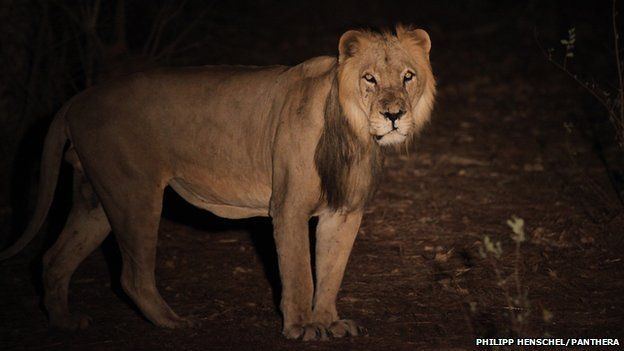
Already in 2004, the population of lions in Western and Central Africa was small and fragmented. The regions were estimated to have comprised at most 1,800 individuals. The Senegal lion was therefore considered regionally endangered.

Taxonomic history
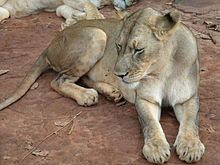
In 1826, Meyer gave the taxonomic name "Panthera leo senegalensis" to lions ranging from Senegal to Nigeria. In 1900, Matschie gave the trinomen "Panthera leo kamptzi" to lions in northern Cameroon and the region south of Lake Chad, before they were seen as belonging to the Senegalese subspecies.
Genetics
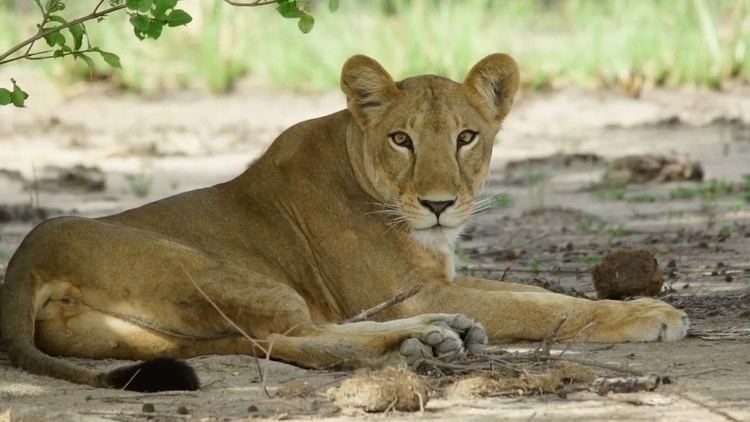
Results of genetic research indicate that the Western and Central African lions form a different clade of lions, and are perhaps more closely related to Asiatic lions than to lions from Southern or Eastern Africa. Since West African lions are considered to be regionally endangered, their genetic distinctiveness is of particular interest.
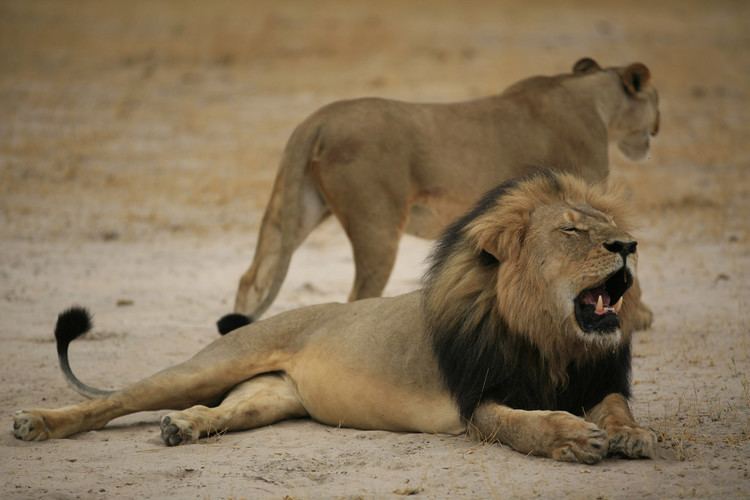
In a comprehensive study about the evolution of lions, 357 samples of 11 lion populations were examined, including some hybrid lions. The hybrids were descended from Southern African lions (Panthera leo bleyenberghi or Panthera leo krugeri) captured in Angola and Zimbabwe, and apparently Central or West African lions. Results indicated that four "Atlas lions" from Morocco did not exhibit any unique genetic characteristics. The Moroccan cats shared mitochondrial haplotypes (H5 and H6) with Senegal lions, and together with them were part of a major mtDNA grouping (lineage III) that also included Asiatic samples. According to the authors, this scenario was in line with their theories on lion evolution. They conclude that lineage III developed in Eastern Africa, and then traveled north and west in the first wave of lion expansions out of the region some 118,000 years ago. It apparently broke up into haplotypes H5 and H6 within Africa, and then into H7 and H8 in Western Asia. Therefore, if subspecies of lions were reclassified according to close relationships, then the Senegal, Barbary and Asiatic subspecies would be grouped together as Panthera leo leo, but some taxonomic questions are not yet solved.
Characteristics
Lions from Western and Central Africa are thought to be smaller than lions from Eastern or Southern Africa. It is also suggested that they have smaller manes, live in smaller groups, and they likely differ also in the shape of their skull. In the area of Pendjari National Park, almost all males are either maneless or have very weak manes.
From the recorded flesh measurements of two lions in Gir Forest (head-and-body measurements of 1.98 m (6 ft 6 in) each, with tail-lengths of 89 cm (35 in) and 79 cm (31 in), and total lengths of 2.87 m (9 ft 5 in) and 2.82 m (9 ft 3 in), respectively), it would appear that Indian lions are similar in size to Central African lions. Male Indian lions weigh 160–190 kg (350–420 lb), and females weigh 110–120 kg (240–260 lb).
Distribution and population status
The Senegal lion is distributed in Western Africa, south of the Sahara, from Senegal in the west, to the Central African Republic in the east. It is rare in Western Africa, and perhaps critically. In 2004, there were probably only 450–1,300 lions left there. In Central Africa, there were about 550–1,550. In both regions, the area inhabited by lions had been reduced until 2004 to less than 15% of the historic range.
A study undertaken between 2006 and 2012 revealed that lions have declined even further in West Africa. Only about 400 lions (range: 250–587), including less than 250 mature lions, remained in the whole area between Senegal and Nigeria. The largest West African lion population is found in the so-called WAP-Complex, a large system of protected areas formed mainly by W, Arli, and Pendjari National Parks in Burkina Faso, Benin, and Niger. The total population in this ecosystem comprises about 350 lions (range: 246–466). The other populations in West Africa consist of only a few individuals, and are probably declining. They are found in Niokolo-Koba National Park in Senegal and in two sites in Nigeria where only two small populations are left, one in Kainji Lake National Park and the other in Yankari Game Reserve. The population at Kainji Lake might be connected to that of the WAP-Complex. There are probably no lions left in the Republic of Congo, Côte d’Ivoire, or Ghana.
In Central Africa, a large population of 100-400 lions is found in Bénoué ecosystem in Cameroon. Smaller populations in exist in Waza National Park in Cameroon and Zakouma National Park in Chad. Within the Central African Republic, there are perhaps only about 150-500 lions left. Other estimates count 1,252 lions within the country, but numbers in Central Africa are generally believed to be unreliable.
Some lion populations in Central Africa are outside the range originally described for the West African lion. In the Democratic Republic of Congo, there are about 175 lions in the area of the Garamba National Park, and 60 in Virunga National Park. The latter form a contiguous population of about 210 with lions in Uganda. These lions fall within the range of the Northeast Congo lion.
Captive population
In 2006 there were 13 captive animals registered under the name P. l. senegalensis. However, these lions, which are mainly kept in Australian zoos, are in fact not West African lions in the strict sense, but African lions in a broader sense. So there is no known West African lion population in captivity, outside West Africa.
